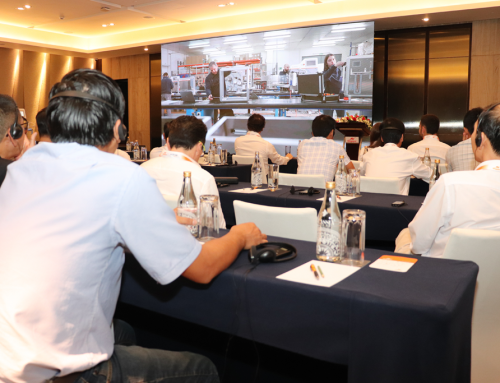Post-Cervical Insemination Probes
With post-cervical insemination, the seminal doses are deposited directly into the uterine corpus and specific material is needed to perform it. For this method it is necessary to use probes to go through the cervix and deposit the semen directly into the uterus. These probes must be balanced between flexibility and firmness. The probe must be flexible enough to pass through the cervix without damaging the sow, and without bending on itself. On the other hand, it should not be so rigid as to pass through the cervix under all circumstances, and only when the cervix is open due to the sow’s estrus. The length of the probes should vary between multiparous and nulliparous sows, since their reproductive apparatus is different. For the development of these specific probes for nulliparous sows, we collaborated with the University of Zaragoza and carried out the study of more than 600 reproductive apparatuses of gilts, guaranteeing a design based on the anatomy and adapted to the maximum.
In addition to the balance between flexibility and rigidity and length, there are other important characteristics to take into account. One of these features is the number of orifices. Insemination with probes with one or more lateral openings has not shown improvement, since semen is deposited in the body of the uterus in both cases, including the same volume and the same concentration of sperm.
Risks of using inadequate insemination material
The use of an incorrect catheter can generate multiple problems, among them:
- Seminal Reflux: A catheter that does not fit the cervix correctly or has too large an exit orifice can facilitate reflux, decreasing the amount of semen reaching the sow’s reproductive tract, reducing fertilization rates.
- Damage to the Reproductive Tract: Catheters that are not designed with the sow’s physiology in mind can cause injury or irritation, compromising the animal’s reproductive health.
- Infections: Pre-lubricated catheters may favor bacterial growth if stored for a prolonged period of time before use. Therefore, at Magapor, we avoid pre-lubrication to minimize this risk.
The correct choice of catheters is essential to ensure a successful insemination without complications. The adaptability of the catheter to the cervix, the exit orifice and the use of high quality materials are decisive to improve fertilization rates and guarantee the health of the sow’s reproductive tract. A well-designed catheter not only optimizes semen deposition, but also minimizes risks such as injury or infection. By using catheters specifically developed to suit the sow’s physiology, you can increase insemination efficiency and contribute to improved productivity.




